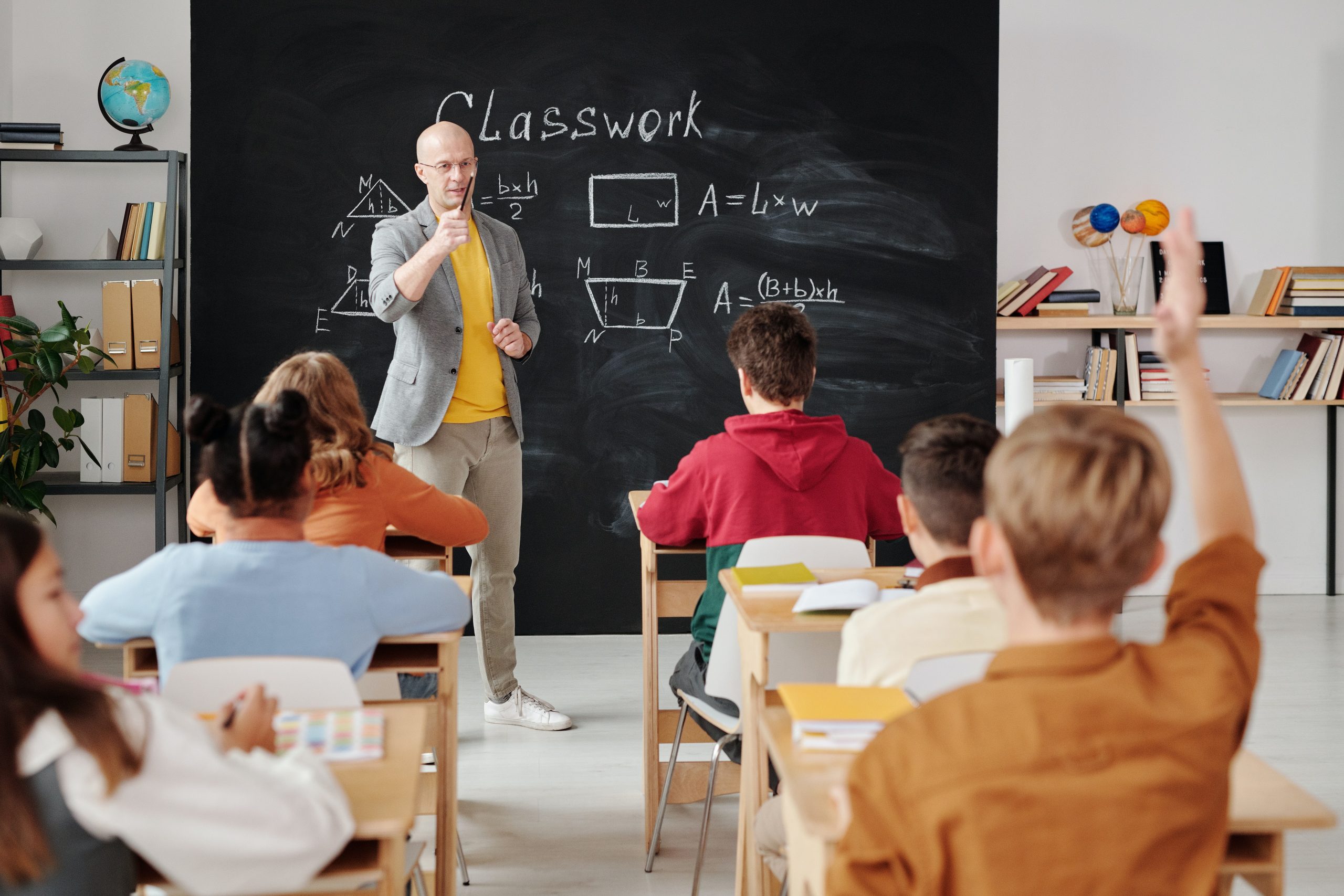As education continues to evolve, the debate between classroom learning and online learning remains a topic of discussion. While both approaches have their merits, certain aspects of classroom learning provide unique advantages over online alternatives. Here’s a closer look at why classroom learning is often considered more effective than online learning.
1. Personal Interaction and Engagement
One of the primary advantages of classroom learning is the face-to-face interaction it offers. In a physical classroom, students can directly engage with instructors and peers through real-time discussions, questions, and debates. This personal interaction fosters a deeper understanding of the material as students can seek immediate clarification and engage in active dialogue.
2. Structured Learning Environment
Classroom learning provides a structured environment that helps students stay organized and focused. The physical classroom setting, with its routines and schedules, including classroom sound/audio technology & speakers voice amplification enhancement system, creates a clear distinction between learning time and other activities. Can you please help us with that or let me know which part in the article its best This structure can enhance students’ time management skills and overall learning experience.
3. Immediate Feedback
In a classroom, instructors can provide instant feedback on assignments, presentations, and discussions. This immediate feedback is invaluable for students as it helps them understand their strengths and areas for improvement in real-time. Online learning, on the other hand, often involves waiting for feedback, which may delay the learning process.
4. Collaborative Learning
Classroom learning encourages collaboration and teamwork among students. Group projects, peer reviews, and group discussions enable students to learn from each other’s perspectives and share diverse insights. These collaborative experiences help build interpersonal skills that are essential in real-world scenarios. For students needing additional support, Minneapolis math tutors can provide personalized guidance to reinforce classroom learning and enhance these collaborative efforts.
5. Active Learning Techniques
Classroom settings allow instructors to employ a variety of active learning techniques that engage students on multiple levels. Interactive lectures, hands-on activities, role-playing, and in-class exercises can enhance comprehension and retention of complex concepts.
6. Reduced Distractions
Online learning often takes place in environments that can be rife with distractions, such as social media, household chores, or personal responsibilities. In a classroom, students can dedicate their attention solely to learning without the temptation of digital diversions.
7. Instructor Expertise and Guidance
Classroom learning offers students direct access to experienced instructors who can provide in-depth knowledge, guidance, and mentorship. Instructors can adapt their teaching methods to accommodate different learning styles, ensuring that each student has the opportunity to excel.
8. Enhanced Communication Skills
Face-to-face interactions in a classroom setting help students develop crucial communication skills. These skills include articulating thoughts clearly, active listening, and interpreting nonverbal cues – all of which are valuable in academic, professional, and personal contexts.
9. Structured Assessment
Classroom learning often involves structured assessments that allow students to gauge their progress and understanding. Instructors can design quizzes, tests, and assignments that accurately measure students’ grasp of the material and guide them toward continuous improvement.
10. Motivation and Accountability
The physical presence of peers and instructors in a classroom fosters a sense of accountability and motivation. Students are more likely to attend classes regularly, actively participate, and meet deadlines when they are part of a community that values learning.
While online learning has its advantages, classroom learning offers a dynamic and interactive educational experience that goes beyond the confines of digital platforms. The personal interactions, structured environment, immediate feedback, and collaborative opportunities inherent in classroom learning create a holistic and enriching educational journey. Ultimately, the effectiveness of classroom learning lies in its ability to cultivate engaged learners who are well-equipped to thrive in both their academic pursuits and future endeavors.




